Proper cultivation of seedlings in peat tablets
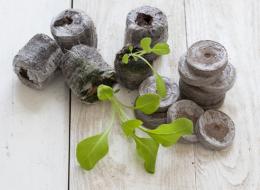
Gardeners and gardeners often mention peat tablets as an extremely effective method of growing seedlings. Today we will look at what they are, why and how they are used.
Content:
Peat tablets: what are they?
They look like large tablets, are made from compressed various types of peat, have a natural shell put on them, trace elements are added to them, and growth stimulants. Before the tablets are soaked in water, their diameter is approximately 25–70 mm and their height is approximately 8 mm. In the upper part there is a recess for planting a seed. After adding water, after 10 minutes. it increases in height by 6–7 times. If the tablets are stored in a dry place, they will last for a very long time.
They are used to germinate seeds, grow seedlings, root leaves and take cuttings.
The advantages of such tablets:
- The peat itself is air- and water-permeable, and plant roots develop calmly and unhindered in it.
- Tablets save space when growing in an apartment.
- Save time. There is no need to select soil for seedlings or add fertilizers to it.
- Peat itself is a very crumbly material; it does not damage plants with delicate roots.
- Small and expensive seeds germinate very well in such tablets.
- They are easy to water and do not absorb excess moisture.
- There is no need to additionally add nutrients and growth stimulants to the soil at the initial stage of growing seedlings.
- They have a mesh that holds their shape. Plants can be planted in such a tablet without damaging the roots.
That is, growing seedlings in such tablets has many advantages compared to the usual method of germination and planting seeds. Peat pots contain up to 35% compressed cardboard, which, when it gets into humus, decomposes for quite a long time.
How to choose peat tablets?
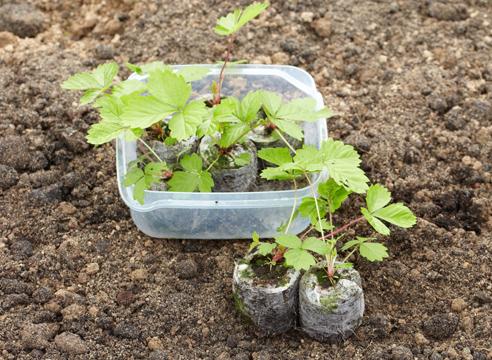
Choose tablets that do not have the coarse structure of peat, as roots will not develop well in such peat. There will be less water evaporation, and if it is over-watered, the plant may get blackleg.
The tablets have peat different acidity, from sour to almost neutral. So choose them based on what kind of plants you want to plant. Hydrangea paniculata and conifers require acidic soil. For vegetables – neutral. Buy only packaged tablets, as acidity levels are written on the packaging.
Depending on the size of the seeds to be planted, select the size of the tablets. For small seeds, small tablets are suitable, for large ones - those tablets that are larger in size. The tablets sold have the following diameters: 24, 27, 33, 36 (they are used for germinating very small seeds) and 41, 42, 44, 70 mm (for seeds of tomatoes, eggplants, peppers).
The tablet has a special mesh made of paper, which is impregnated with fungicide. It allows you to maintain shape and protects young seedlings from diseases. There are tablets on sale without a paper shell, they are cheaper, but it is best to buy those tablets that have a mesh.
How to use peat tablets?
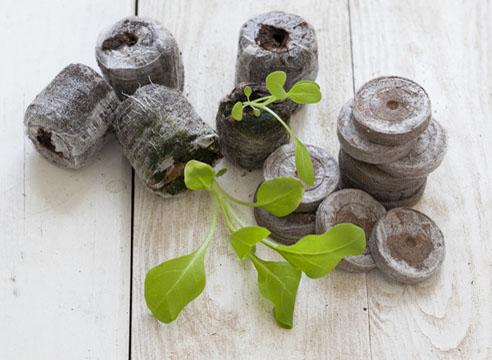
Preparation of tablets:
- pick up the tray and place the tablets on top so that the recesses for the seeds are at the top
- pour the tablets with warm, settled water gradually, in small quantities, over 2–3 hours, then the nutrients will be distributed evenly
- drain excess water from the pan
Growing seeds:
- put 1-2 seeds in the tablet, if the seeds are very small, you can place them with a toothpick
- cover the seed with a thin layer of humus; do not cover the seeds that grow in the light with soil
- cover the tray with glass or transparent polyethylene, place it in a warm and sunny place, ventilate the plants periodically
- 2 weeks after the formation of true leaves, add mineral fertilizers to the water when watering
For growing cuttings you need to make the recess of the tablet larger.
Water the plants based on their water needs. You can spray them with a spray bottle. When the plant needs to be pruned, plant the tablet with the plant in the ground. The paper shell will gradually dissolve into humus.
You can grow seedlings of all known flower and vegetable crops in peat tablets. They are very convenient for delicate seedlings, for example, petunia, as well as for crops that may die during picking: gypsophila, poppies. The seeds germinate well due to the use of growth regulators. With their help, it is very easy to group seedlings by sorting them into containers.
Peat tablets are an excellent material that allows you to grow a beautiful strong plant from a small seed.It takes root easily when planted in the ground, since its root system is fully formed. Plant roots are not damaged when planted in the ground.
Video about growing seedlings in peat tablets:
Interesting information about the vegetable garden

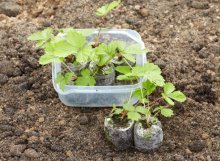
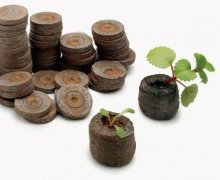
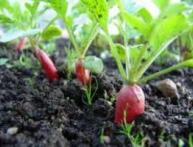
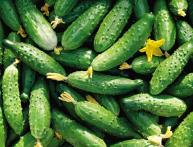
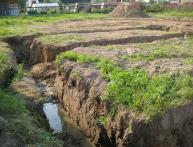

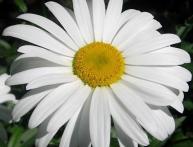
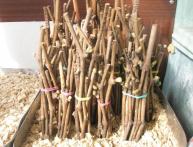
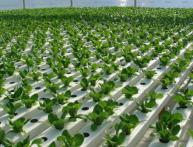
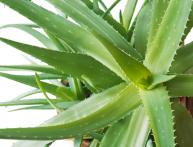
Comments
I have been using tablets for growing seedlings for several years now. Germination in them is good, the plant grows quickly and, what is also important, it does not get sick when you transplant it into the soil, because you bury the seedlings together in a tablet and the roots are not injured.